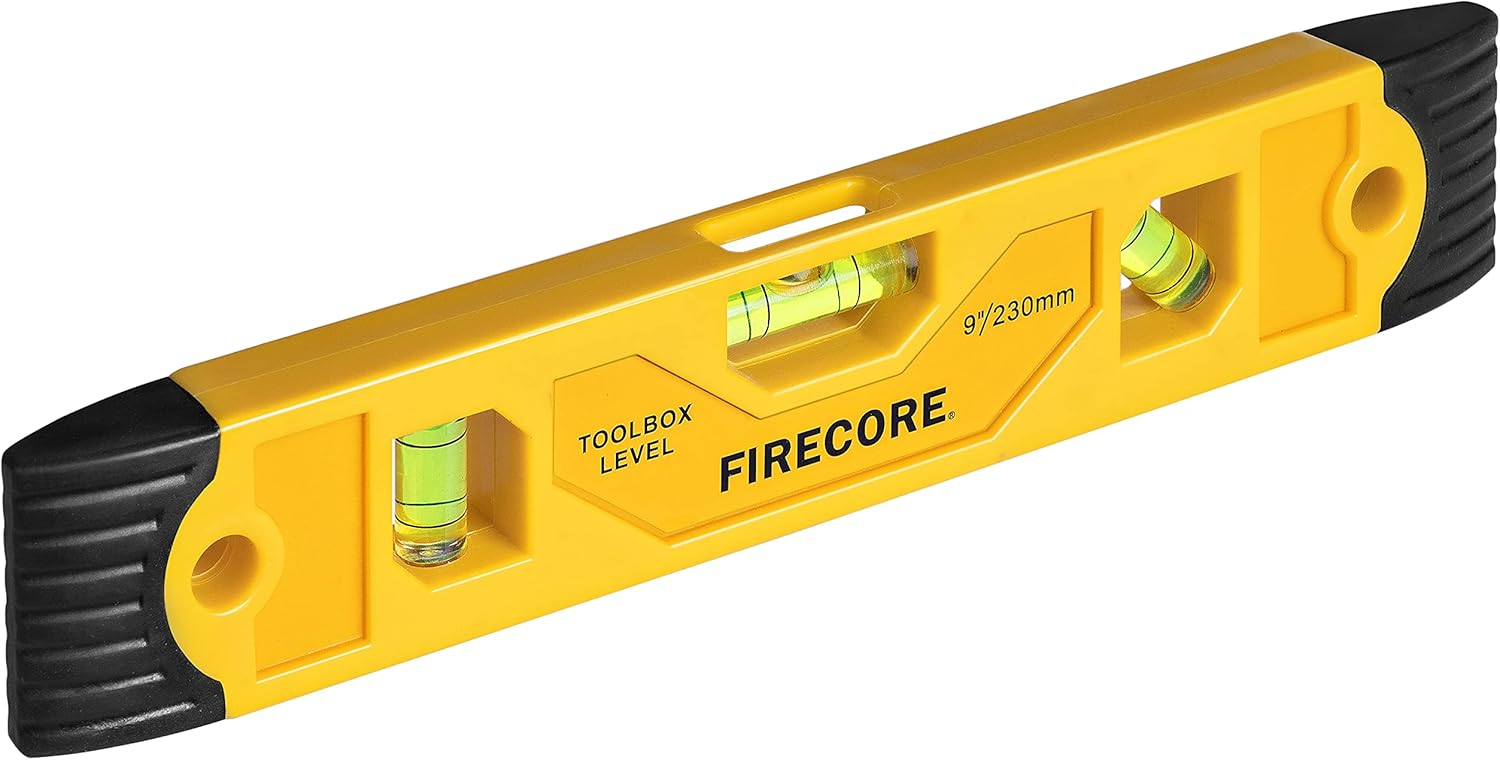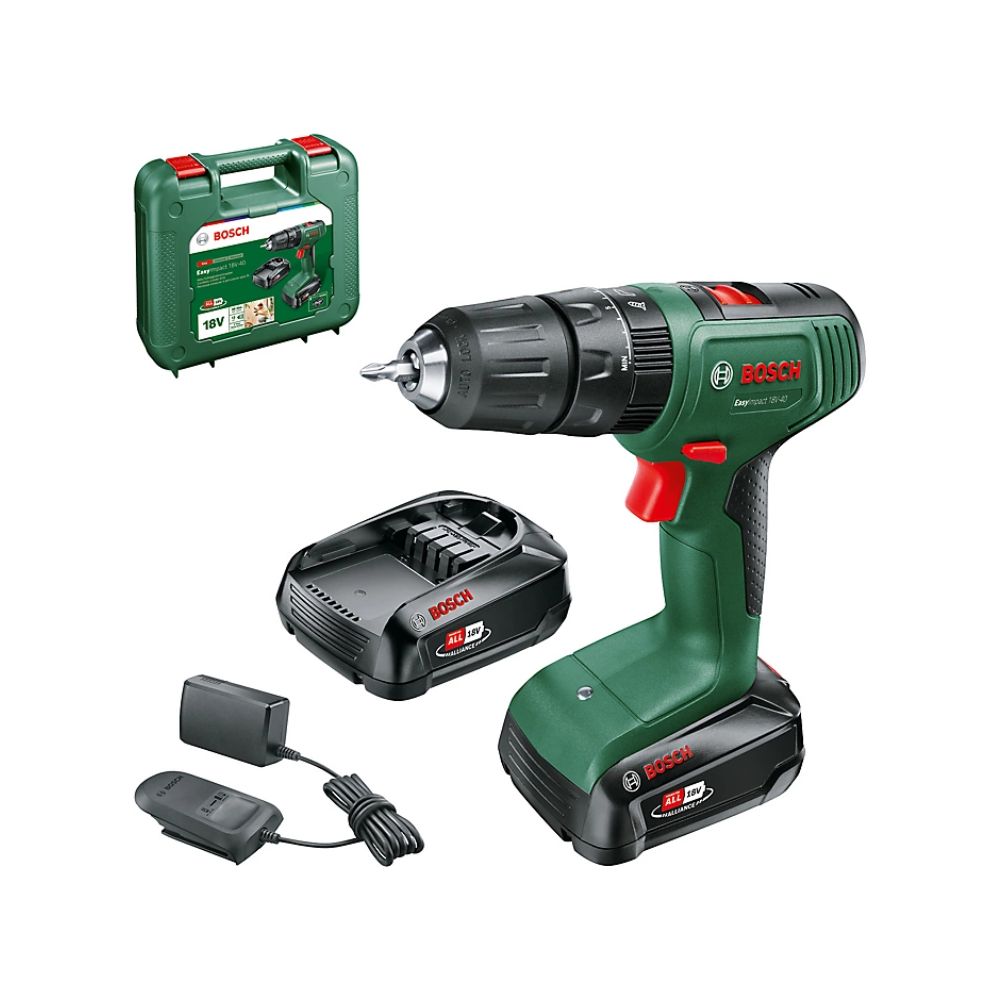How much do window shutters really cost? What to know before you buy
Thinking about installing shutters? We break down the cost of window shutters, from DIY savings to full-service installs
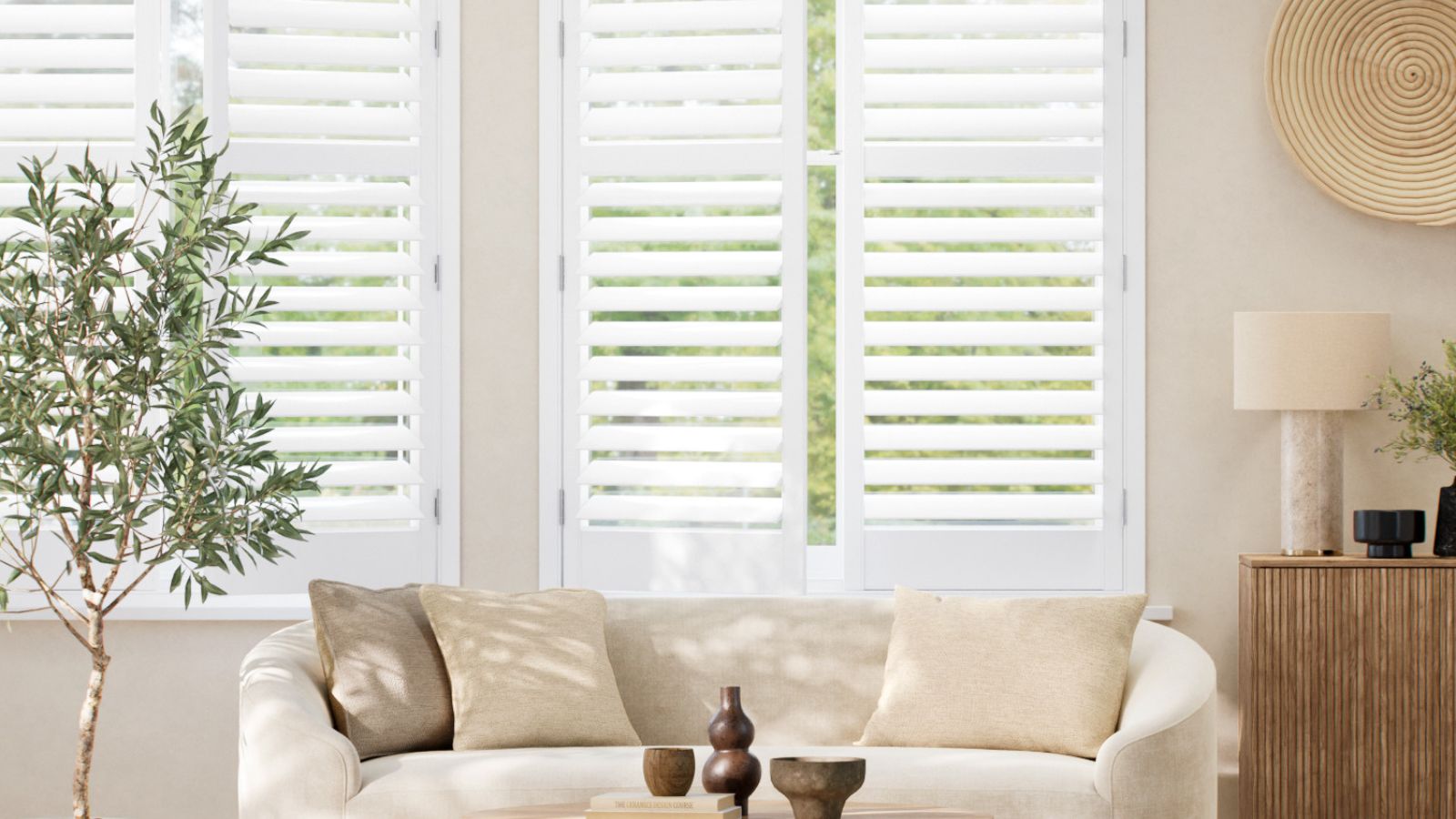
There's a reason window shutters never go out of style. They have a timeless quality that few other window treatments can match. Whether you favour classic plantation designs or café-style panels, a well-fitted set of shutters will add privacy, warmth and lasting value to your home.
That said, getting to grips with the cost of window shutters can be trickier than you'd expect. Prices often vary depending on the size, material and style you choose, as well as whether you opt for a full professional service or tackle the fitting by yourself.
This guide unpacks what you can expect to spend, where smart savings can be made, and how to measure up with confidence for that perfect, made-to-measure finish, whatever types of windows you're dressing.
How much do window shutters cost?
If you’ve fallen for the look of shutters, you’ll quickly find the price tag varies as much as the designs themselves. Size, style and finish all play a part in what you’ll pay – and so does the decision to hire a professional or fit them yourself. Here’s a straightforward breakdown of what to expect from each style.
Plantation Shutters
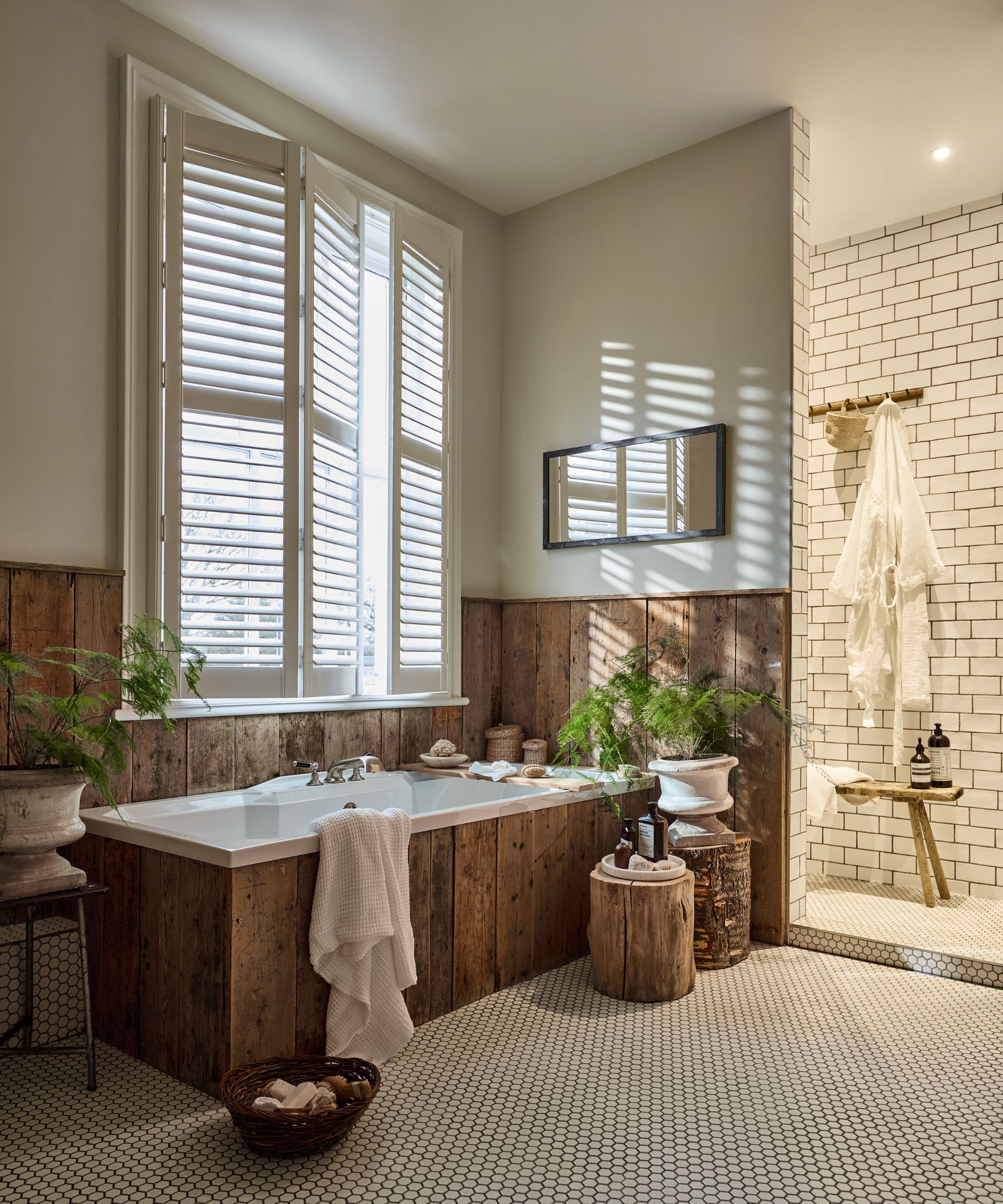
The classic choice, plantation shutters are full-height designs with adjustable louvres that offer excellent light and privacy control. According to Lisa O’Hanlon, brand manager at The Shutter Store, the average cost of plantation shutters in the UK ranges from £300 to £500 per m², with a full-service installation typically starting at £450 per m² and upwards.
“If you choose to DIY your installation, you could save up to 40% in installation fees,” she adds. “With self-install shutters, you’re not paying for a team to come and measure and fit them for you – so it’s a great way to make huge savings straight away.”
Your choice of materials will also make a difference to the overall cost. For context, Eric Hargreaves, owner of Your Choice Builders, notes that hardwood full-height shutters tend to start around £700 per window and increase for bespoke designs. MDF or composite versions deliver a similar look for less, while installation adds around 25–35% to the total cost if you opt for a professional service.
Bring your dream home to life with expert advice, how to guides and design inspiration. Sign up for our newsletter and get two free tickets to a Homebuilding & Renovating Show near you.
“Real wood shutters generally cost more to manufacture because the raw material itself is more expensive,” explains Helen O’Connor, product manager at 247 Blinds. “Real wood is lighter and ideal for large windows where weight matters, while faux wood (PVC) is more moisture-resistant and often slightly more affordable – perfect for kitchens or bathrooms.”
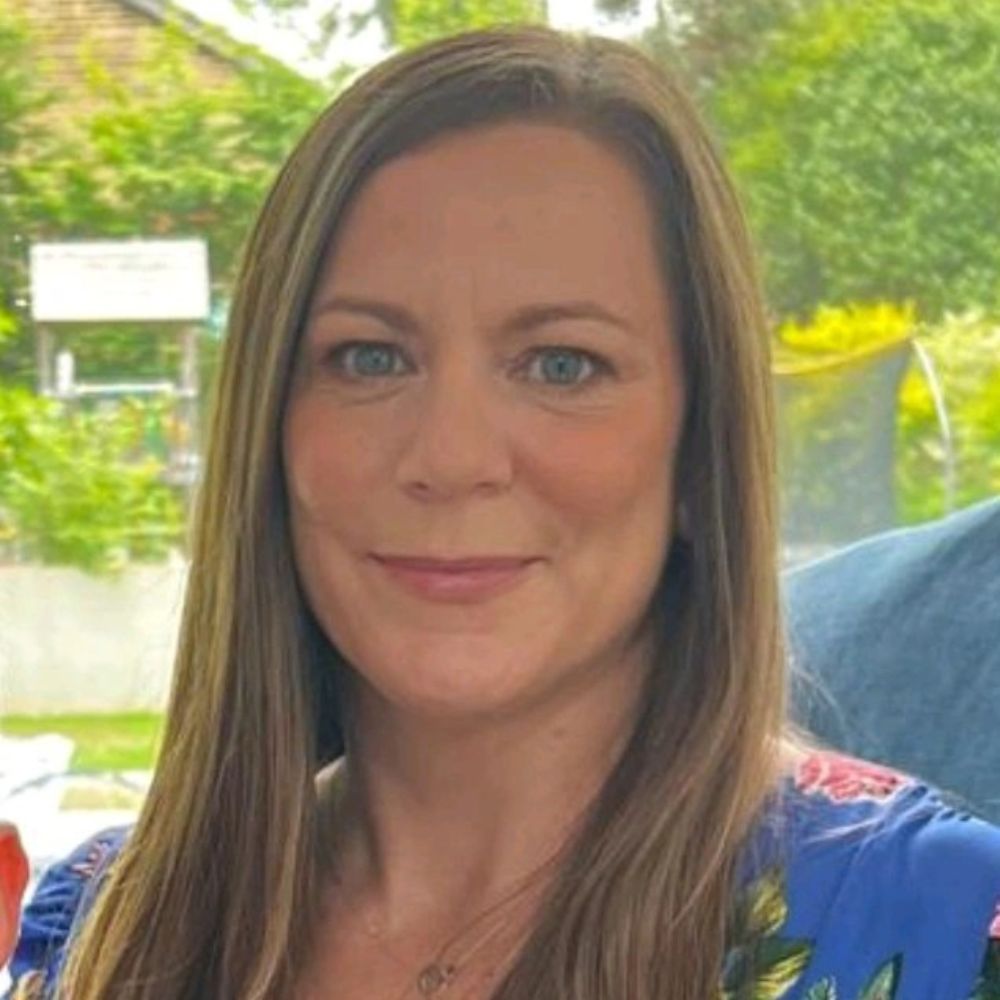
Lisa O’Hanlon is the Strategic Brand Manager at The Shutter Store, where she specialises in helping homeowners achieve a bespoke, high-end look with affordable made-to-measure shutters and smart DIY solutions.
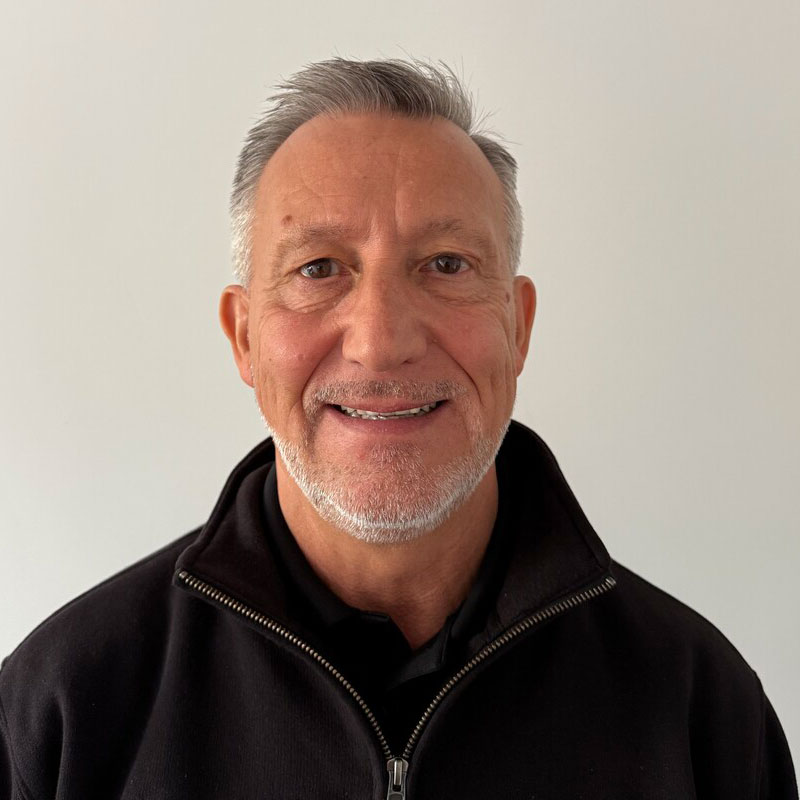
Eric Hargreaves is the owner of Your Choice Builders, a specialist construction and home improvement firm known for its expert craftsmanship and practical approach to bespoke renovations and interior detailing.
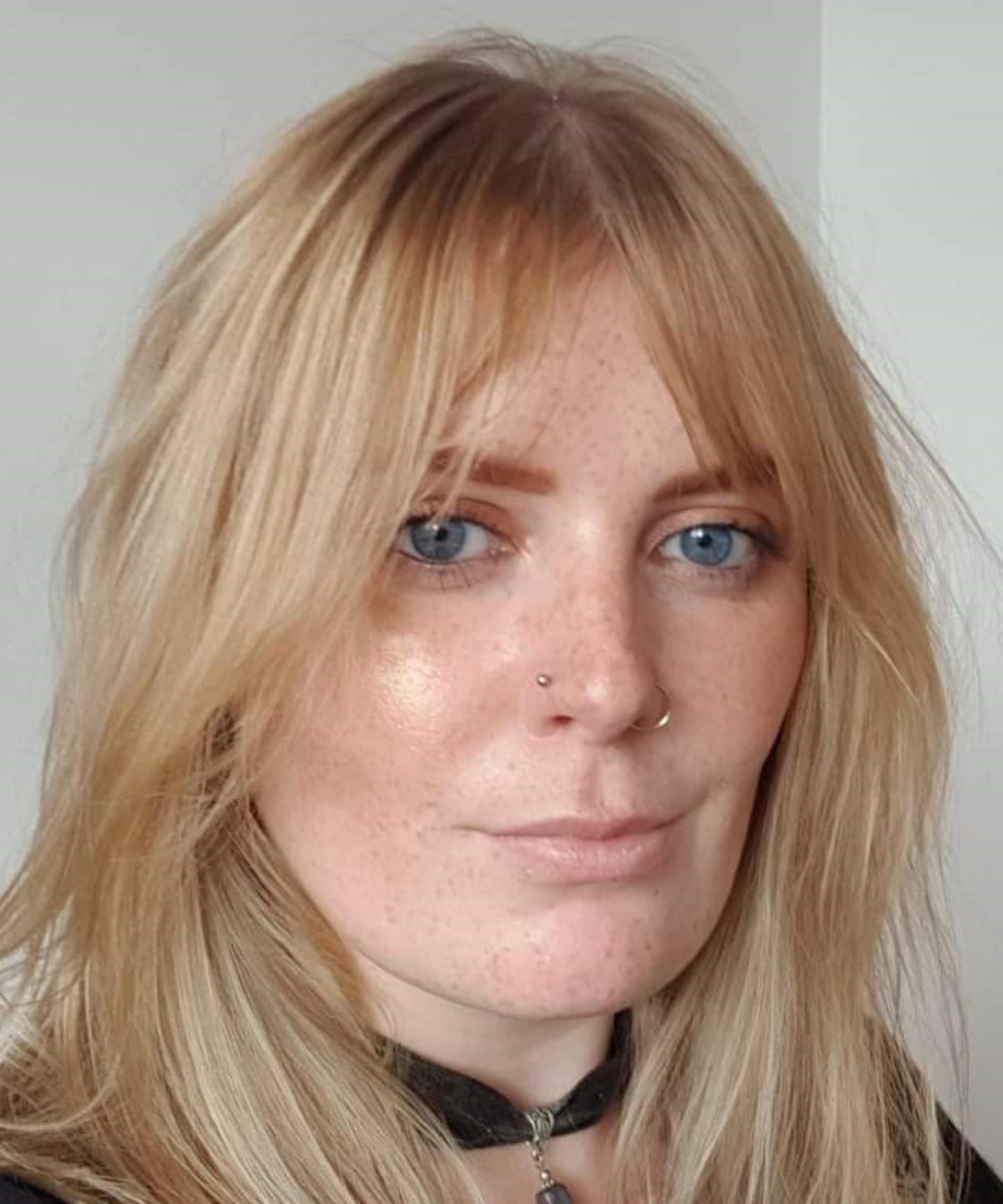
Helen O’Connor is the product manager at the Yorkshire-based company 247 Blinds and 247 Curtains. Helen is a self-confessed ‘blind nerd’ who has over 10 years experience in the window dressing industry.
Café-style shutters
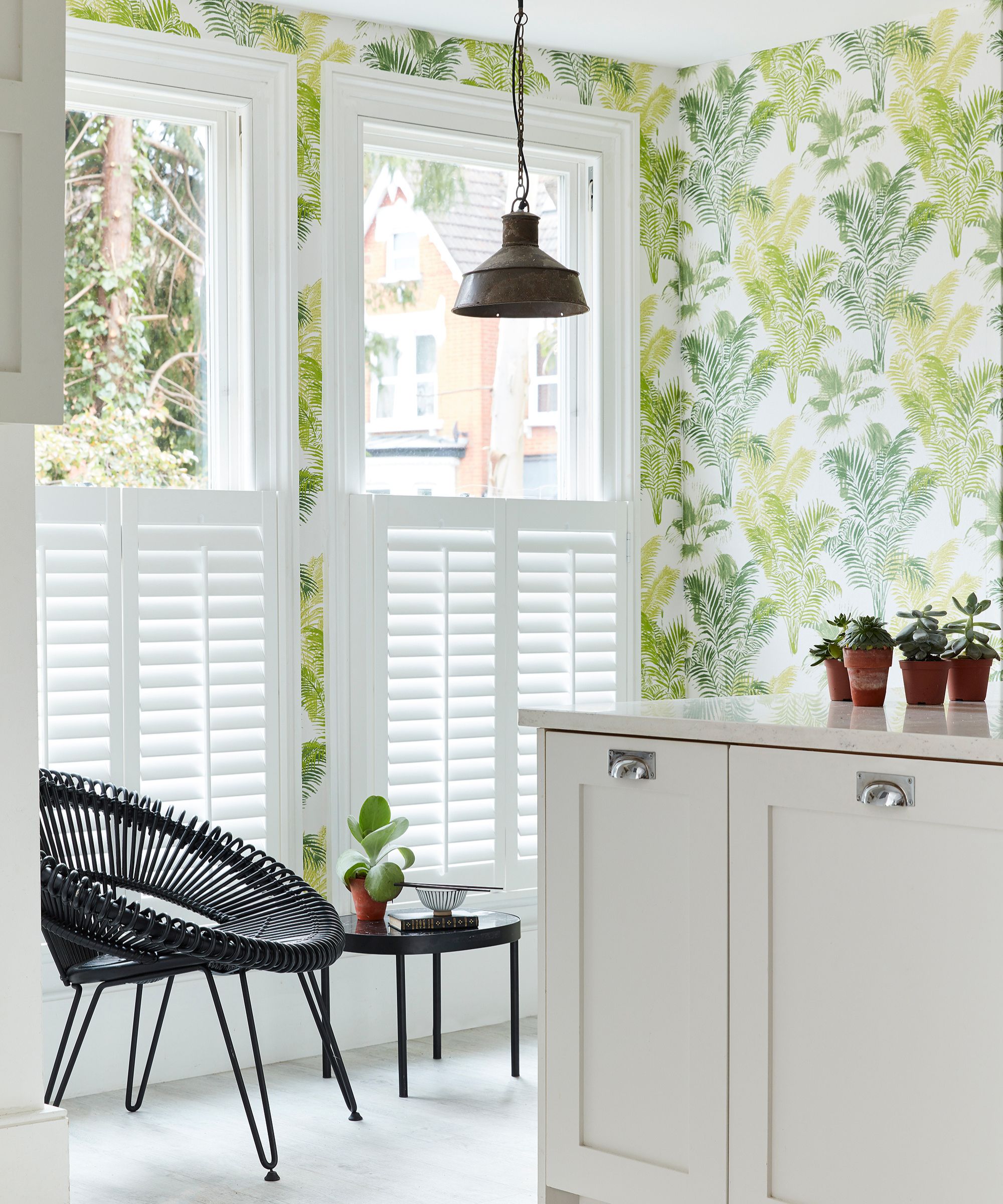
For a softer look that still offers privacy where it counts, café-style shutters are a popular choice. Covering only the lower half of a window, they let in plenty of natural light while shielding you from outside view.
According to Yvonne Keal, product expert at Hillarys, prices for café-style shutters generally start from around £250 per window and rise to £600, depending on size, finish and material.
“Café-style designs give you that perfect balance of light and privacy at a lower price point,” she explains. “They’re particularly effective in kitchens and living rooms, where you want to block views in without losing daylight.”
As with full-height designs, materials and finish will influence the cost. MDF and composite shutters tend to sit at the more affordable end of the scale, while hardwood versions offer a premium, long-lasting finish. Opting for DIY installation can also bring savings of up to 40%, though professional fitting may be worth the extra cost if you’re working with uneven walls or trickier bay windows.
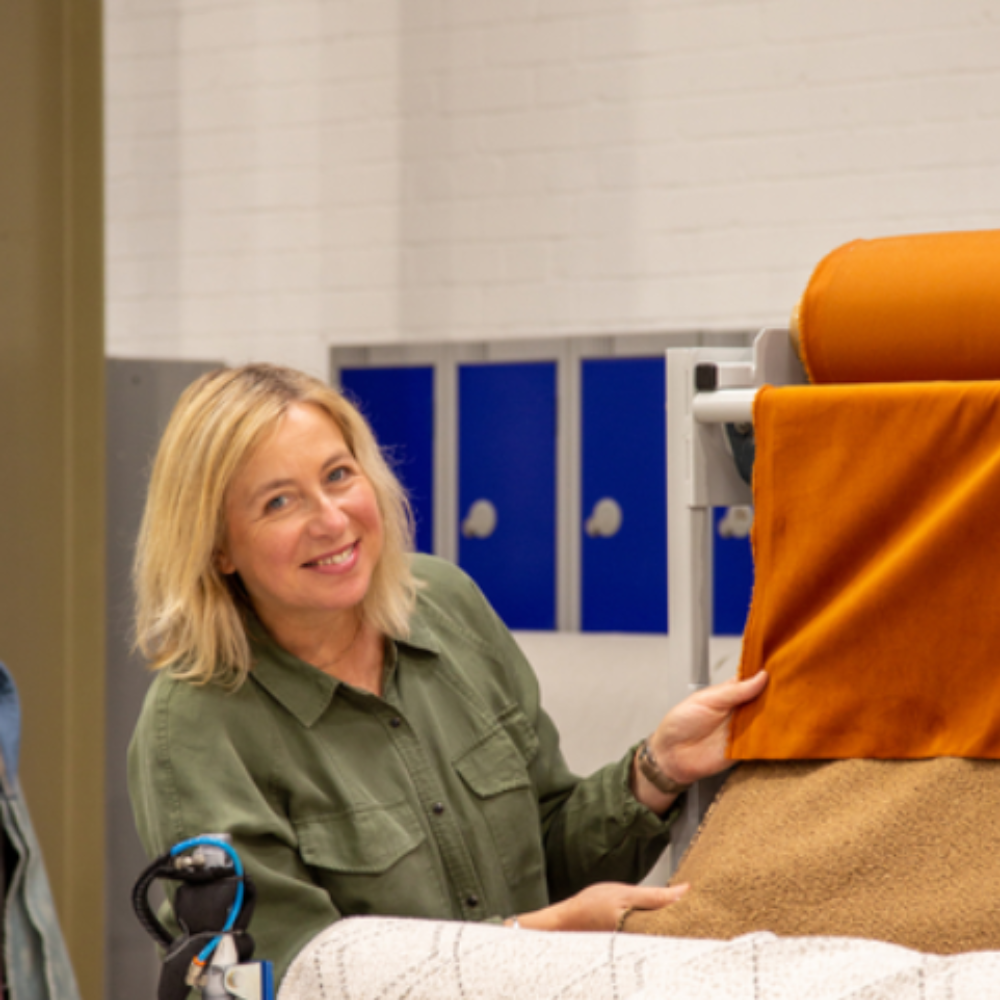
Yvonne is a product management specialist with over 20 years’ experience in the interiors industry. Since joining Hillarys in 2003, Yvonne has successfully launched many window dressing collections, including roller blinds, vertical blinds, Roman blinds, curtains and voiles.
Tier-on-tier shutters
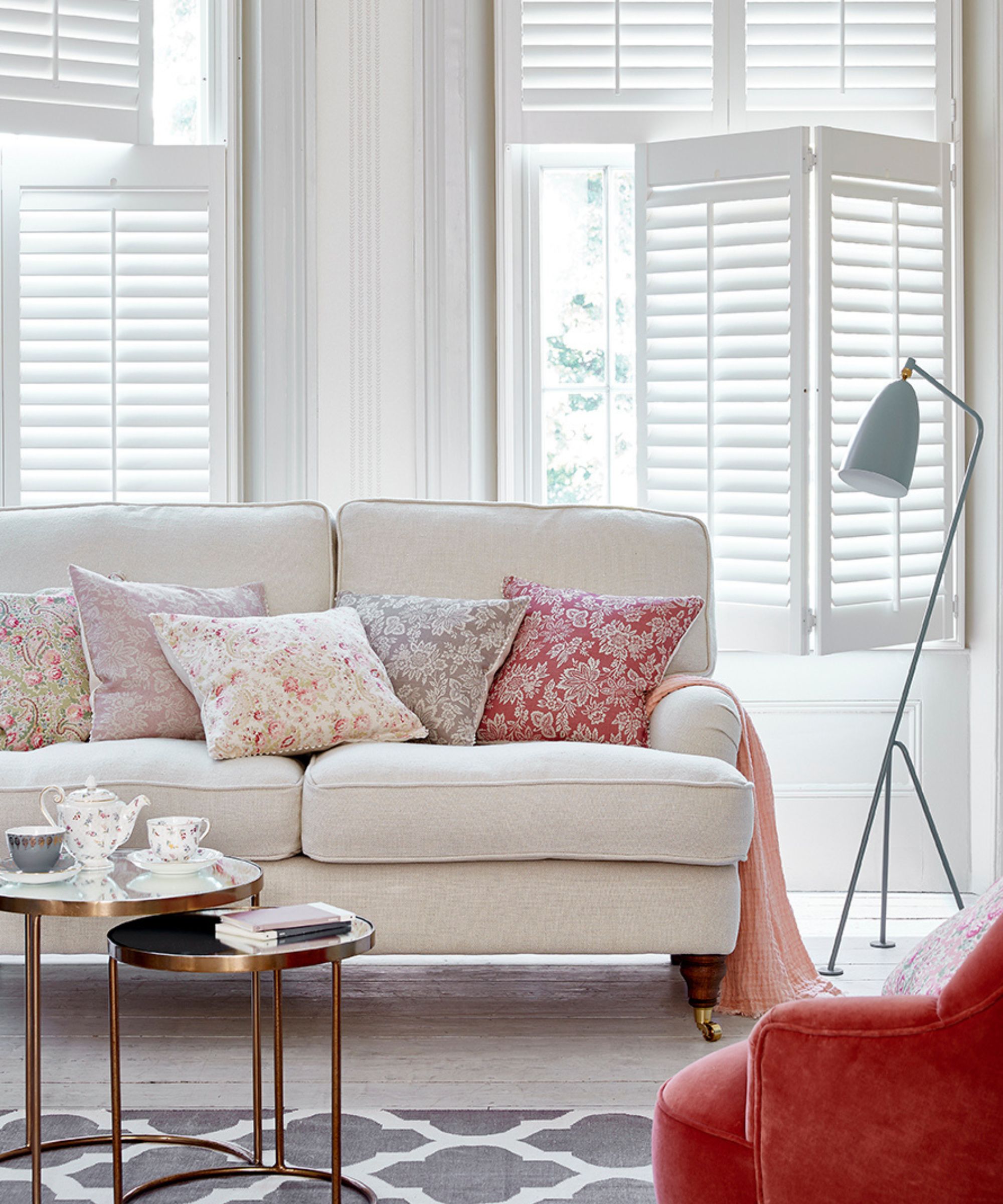
Tier-on-tier shutters offer great flexibility, with two sets of panels that open separately so you can adjust light, privacy and ventilation as you need. They’re ideal for rooms that receive strong sunlight, as you can adjust the upper and lower tiers separately throughout the day.
Because they’re more intricate to manufacture and fit, tier-on-tier shutters tend to cost more than simpler styles. Yvonne Keal explains: “Custom shutters typically start from around £454, with prices increasing for larger windows or more complex designs such as tier-on-tier styles.” Expect higher-end versions, particularly those in hardwood or bespoke finishes, to reach £1,000 or more per window.
Installation is another factor to keep in mind. Tier-on-tier shutters require a precise fit to ensure the panels align neatly and operate smoothly, which makes professional fitting a smart choice if you’re not confident with tools. As Eric Hargreaves notes, "small measuring errors or uneven recesses can make installation tricky, so paying for an expert finish may save both time and stress in the long run."
Custom and bespoke shapes
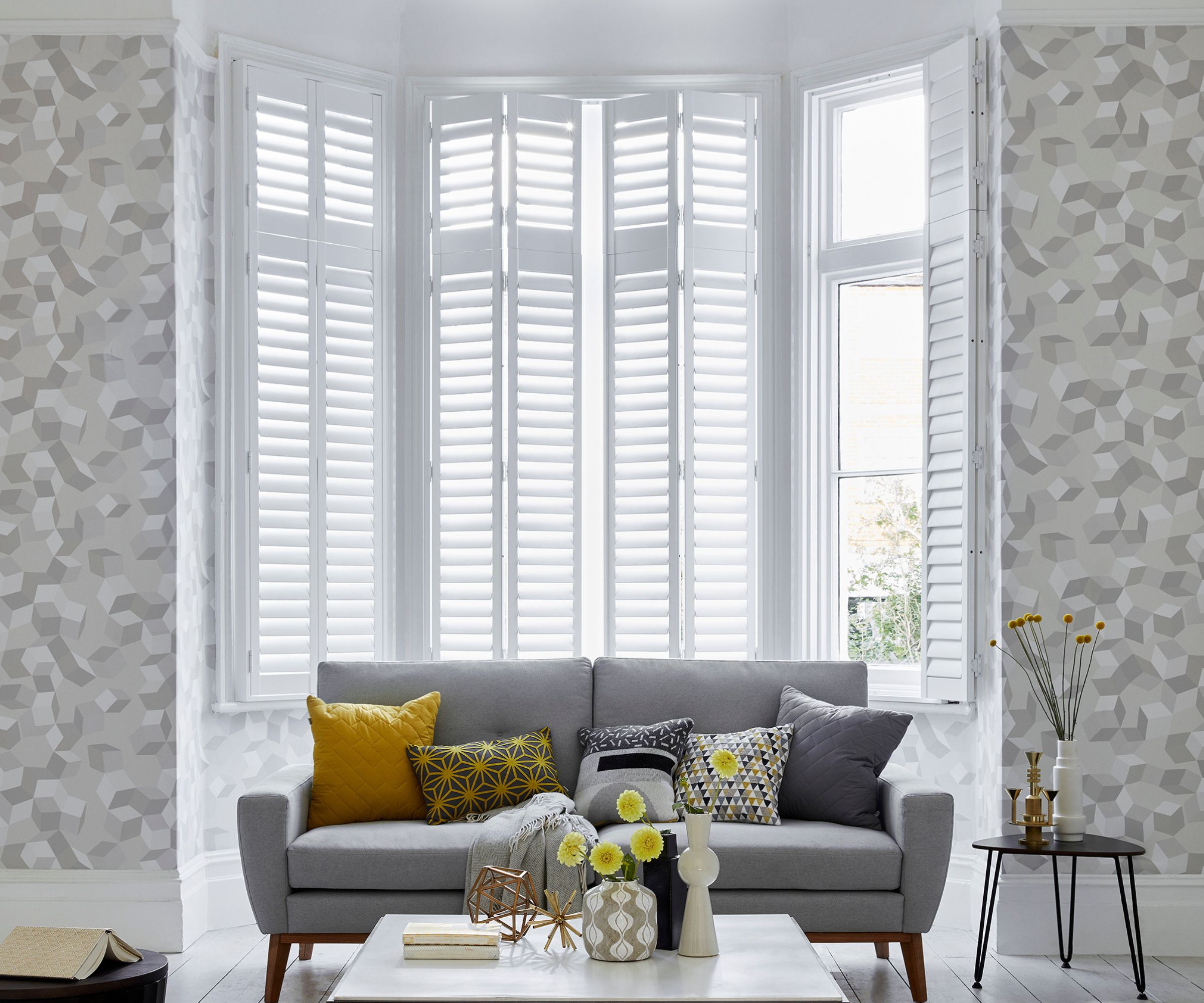
Custom shutters are designed for spaces where standard sizes simply won’t fit, such as bay, arched or unusually shaped windows. They’re made to follow the precise contours of your frames – whether that means a curved top, angled edge or a faceted bay – and that level of precision naturally comes with a higher price tag.
“Custom hardwood shutters are always going to sit at the top end of price,” explains Eric Hargreaves. He notes that bespoke or irregular designs can start around £700 per window and increase to £1000+ depending on the complexity of the shape.
Accuracy is particularly important with these types of window shutters, as even small measuring discrepancies can affect how panels sit and operate. Therefore, professional measuring and installation are often worth the extra investment, as a specialist fitter will ensure each panel aligns perfectly.
For these reasons, custom shutters are among the trickiest and most expensive shutters to fit, but when done well, they often deliver the most impressive results.
The cost difference between DIY and professional fitting
Choosing between fitting shutters yourself or opting for a full professional service often comes down to your level of DIY confidence, the shape of your windows, and your budget. The growing popularity of no-drill and click-to-fit systems has made it easier than ever to achieve a polished, made-to-measure finish without calling in a fitter, and the savings can be substantial.
According to Helen O’Connor from 247 Blinds, "most shutters are priced by the square metre, even if that’s not obvious when browsing online.” A fully fitted installation, she explains, may cost around £300 per m², whereas a DIY supply-only option is typically closer to £200 per m². “So, you’re looking at a saving of around £100 per m², or roughly 30–40%, by fitting them yourself.”
And Chloe Dacosta, design manager at Blinds 2go, agrees that self-installation can offer real value: “By measuring and fitting shutters yourself, you can typically save anywhere from 40–60% compared to professional supply-and-fit options,” she says.

Chloe Dacosta is the Design Manager at Blinds 2go, where she leads on product innovation and interior styling.
How to measure up (and avoid costly mistakes)

When ordering shutters, you’ll need to choose a frame type, and it can make a big difference to both the look and fit.
Z-Frames
Named for its stepped, Z-shaped profile, this frame overlaps the edge of the window recess, helping to hide any uneven walls or imperfections. It gives a clean, built-in look and is often the easiest choice for DIY installers. Z-frames work best when you have a decent recess depth to accommodate them.
L-Frames
This frame sits inside the window recess (or flush with the wall), forming a right angle – hence the name. It’s more flexible in terms of positioning, allowing you to mount shutters slightly forward or further back in the recess. L-frames are ideal for shallow or irregular openings where space is tight or walls aren’t square.
Pro Tip: If you’re not sure which to choose, take note of your recess depth. Z-frames give a neat, decorative finish for deeper recesses, while L-frames are better suited to tighter spaces or unusual window shapes.
DIY shutters can be a great way to save money, but only if you get the measurements right.
“The main risk with getting measurements wrong is that the shutters simply won’t fit as desired – if at all,” Helen O’Connor cautions. “Even a 2–3mm error can prevent panels from opening properly or cause visible gaps.”
To reduce that risk, Helen recommends measuring in millimetres using a steel tape, recording the smallest of three width and height measurements, and double-checking the recess depth and frame type (L-frame or Z-frame).
If you’re nervous about tackling the job yourself, no-drill systems can offer a middle ground. As Helen explains, “Our Twist&Fit shutters require no drilling and are perfect for renters or first-time DIYers.”
“If you measure correctly, install with care and follow the guidance, your finish can be almost as good as a professional installation – and you’ll gain the cost savings,” Helen concludes. Plus, most confident homeowners can install their shutters within a couple of hours per window by following clear instructions.
If your budget doesn’t quite stretch to shutters, blinds can still bring plenty of style and comfort for less. Well-fitted Roman blinds help keep heat in while maintaining privacy – read our expert guide on how to make a Roman blind for a simple DIY project that feels completely bespoke.

Gabriella is an interiors journalist and has a wealth of experience creating interiors and renovation content. She was Homebuilding & Renovating's former Assistant Editor as well as the former Head of Solved at sister brand Homes & Gardens, where she wrote and edited content addressing key renovation, DIY and interior questions.
She’s spent the past decade crafting copy for interiors publications, award-winning architects, and leading UK homeware brands. She also served as the Content Manager for the ethical homeware brand Nkuku.
Gabriella is a DIY enthusiast and a lover of all things interior design. She has a particular passion for historic buildings and listed properties, and she is currently in the process of renovating a Grade II-listed Victorian coach house in the West Country.

